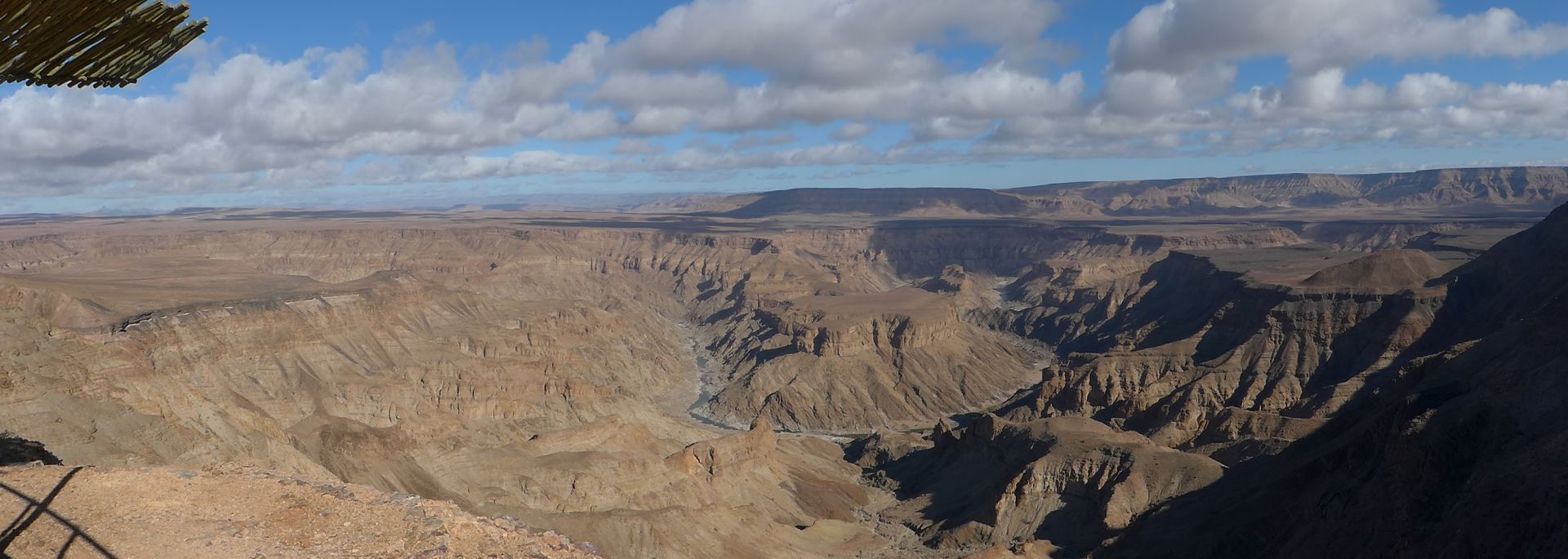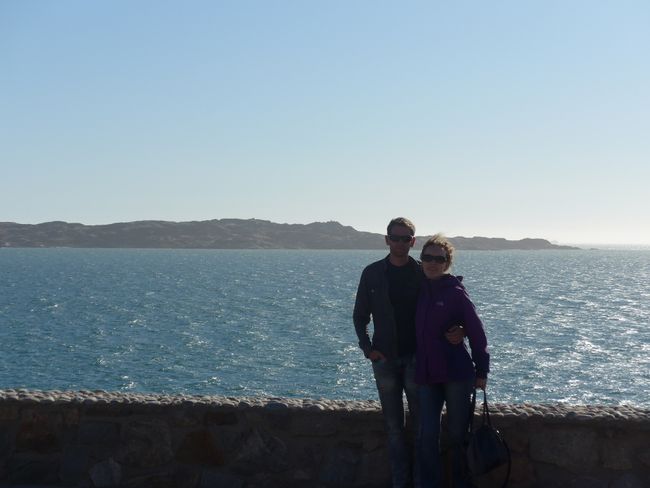Hanoi (Vietnam Part 2)
Được phát hành: 13.02.2019
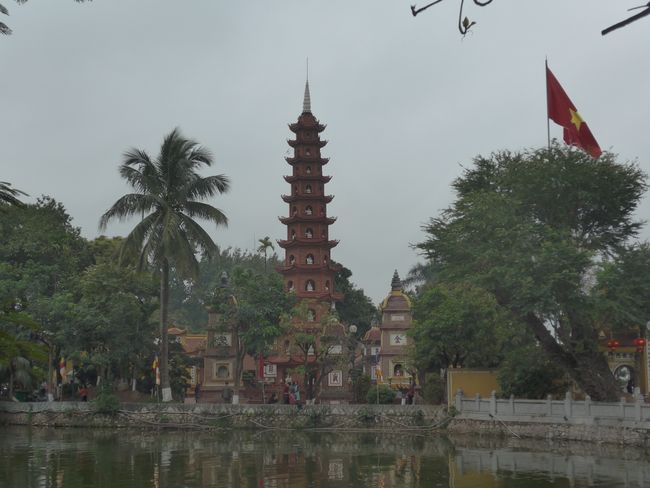
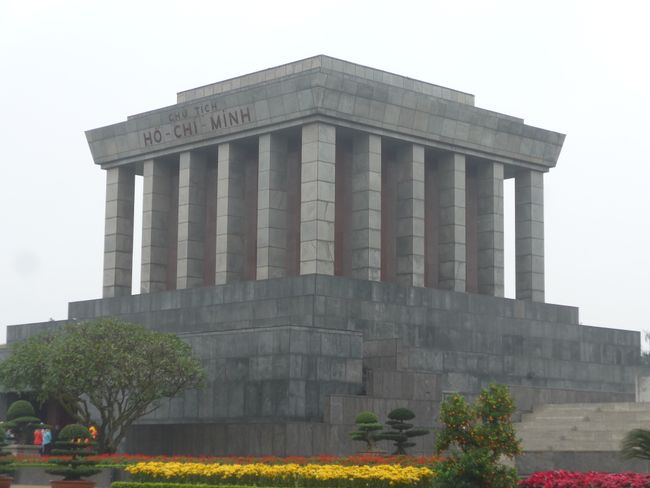
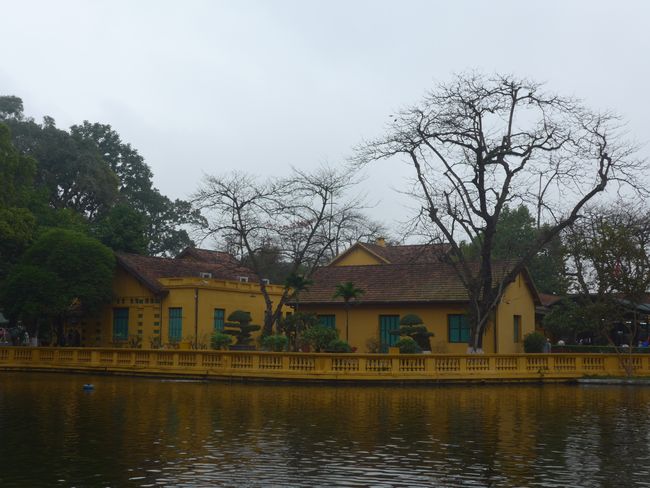
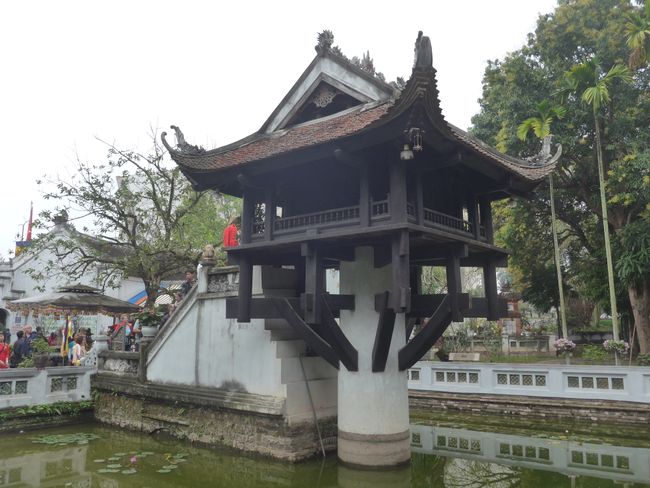
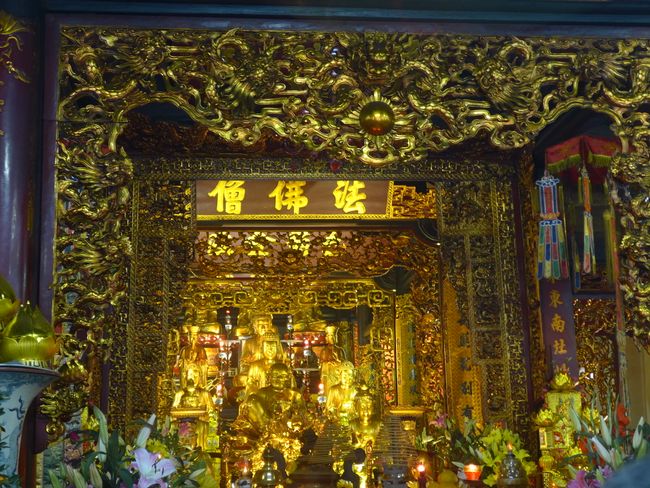
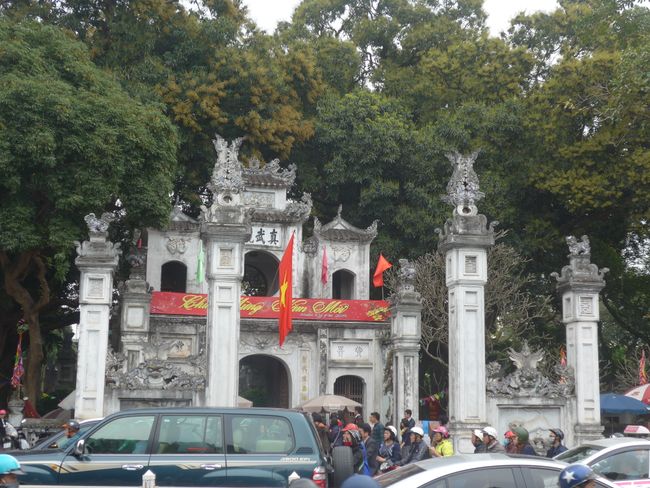
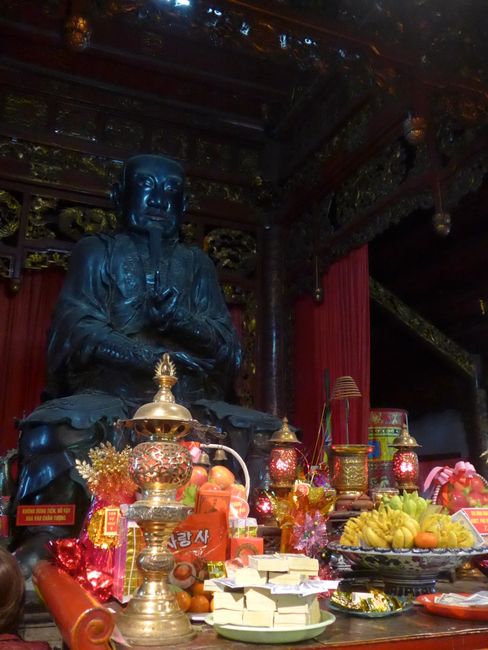
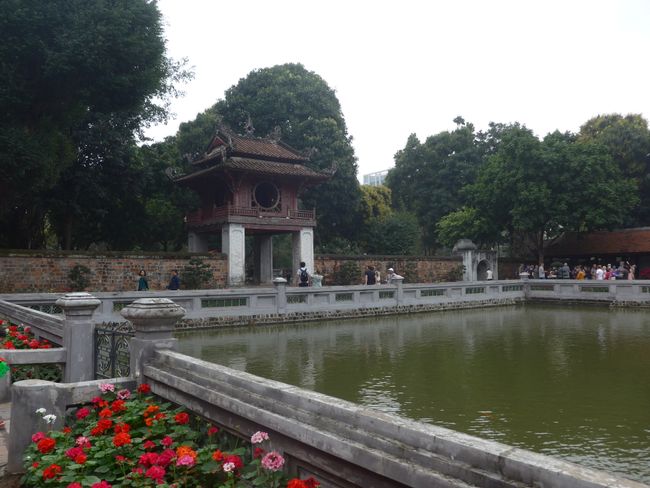
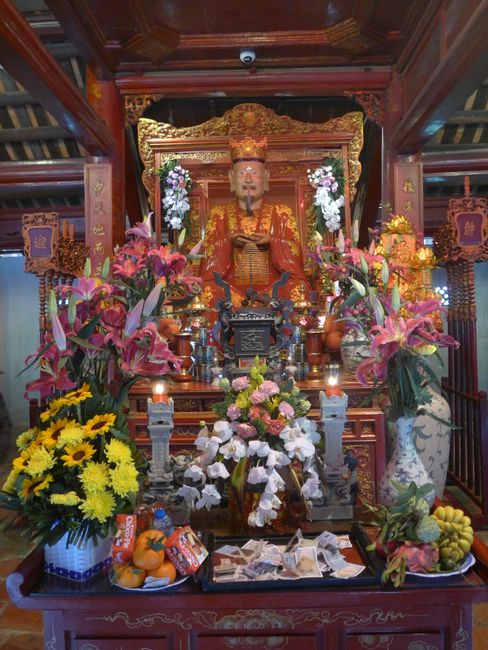
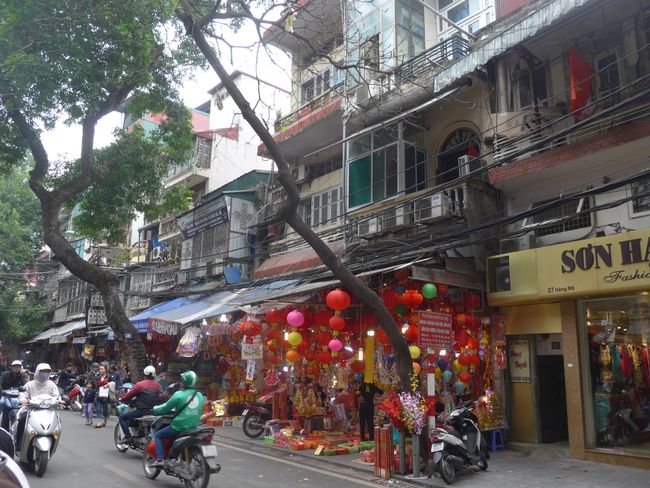
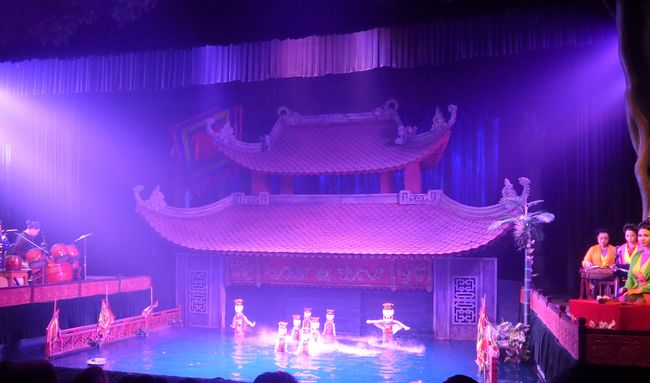
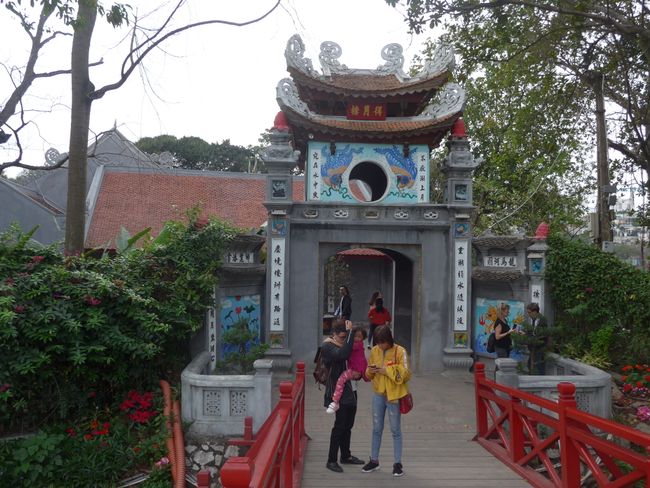
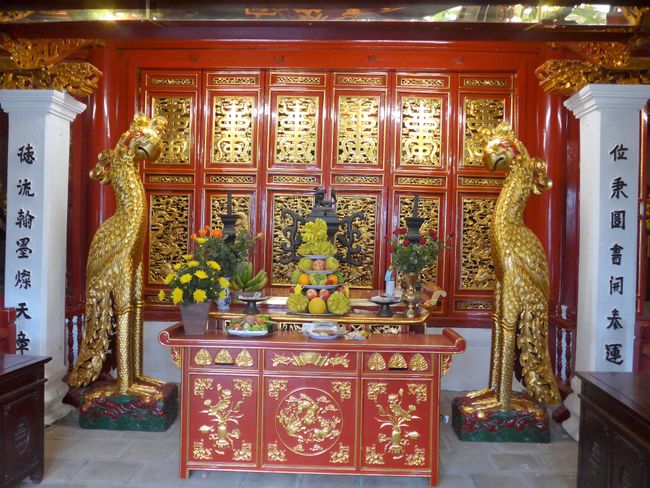
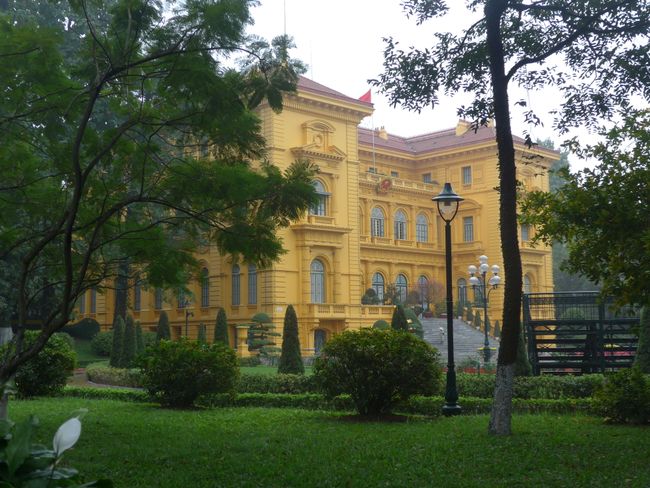
Đăng ký tin
In the morning, we first visited the Ho Chi Minh Mausoleum, where the embalmed body of the communist nation's father has been exhibited since 1975. So we lined up in the long queue of - mostly Chinese tourists - and silently walked past the glass coffin.
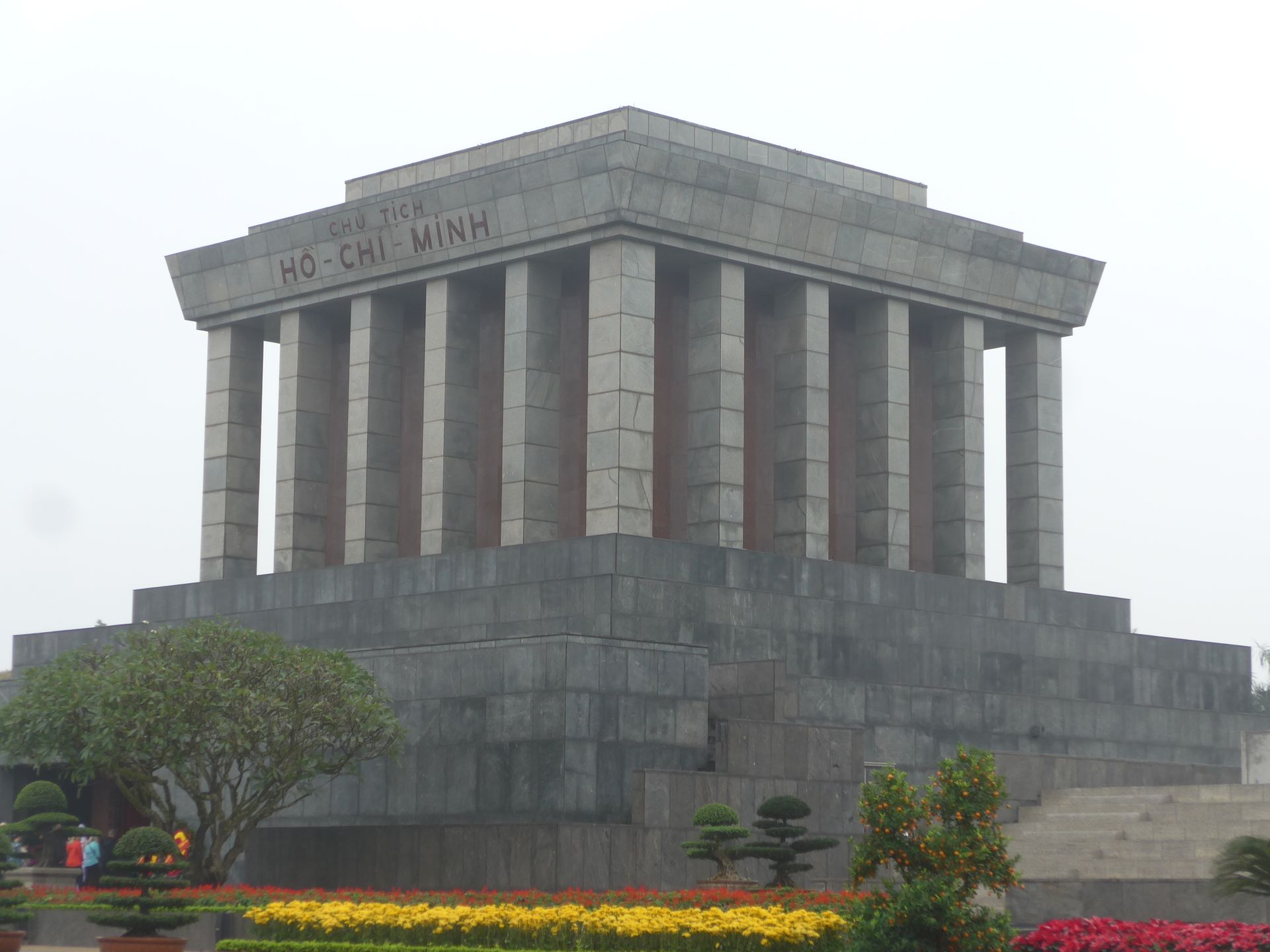
Once outside, we were allowed to take photos again, and our tour guide was able to continue his explanations. On the ground next to the mausoleum, there is also the magnificent Presidential Palace in French colonial style.
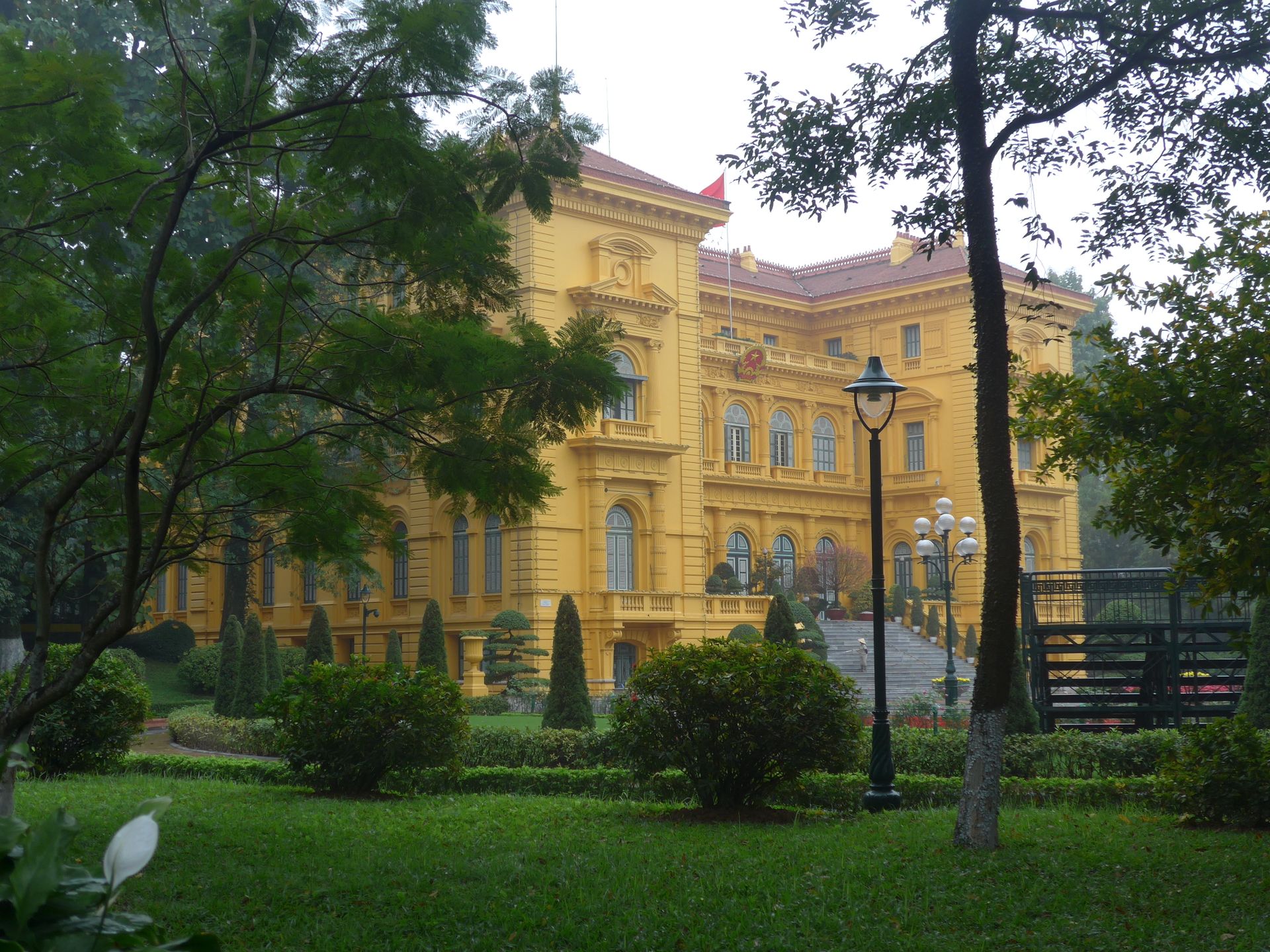
However, as this house was too big for him, Ho Chi Minh moved to a neighboring residence and later to an even smaller garden house, where he spent the last years of his life.
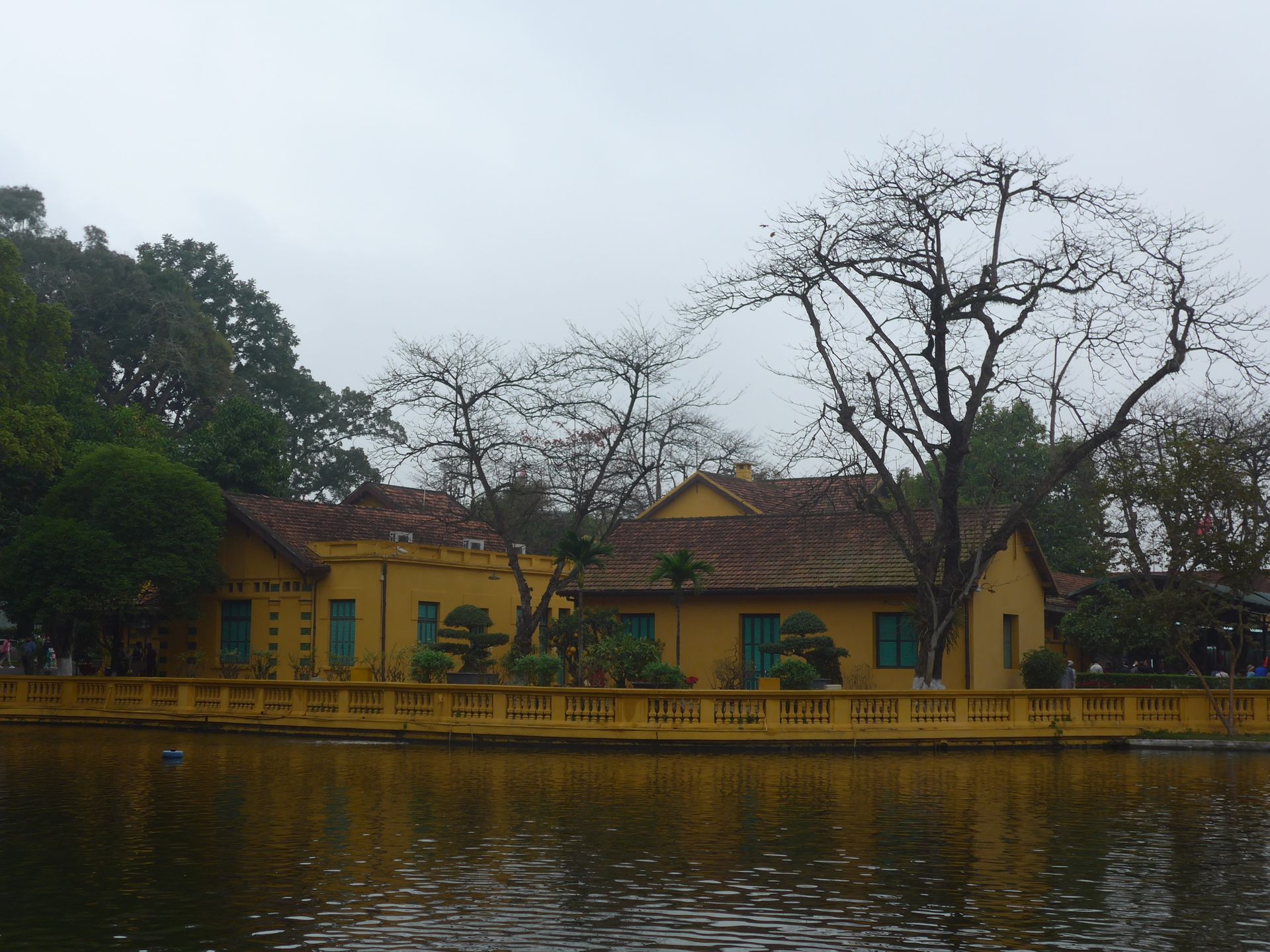
Just a few hundred meters away, the One Pillar Pagoda rises from the water, which was originally built in 1049. However, in the reconstruction, the tree trunk was replaced by a concrete pillar. It is said to have been built by a king who had no male heirs, and his wife subsequently gave birth to the long-awaited son. Today, believers lined up in front of the altar to present their own requests.
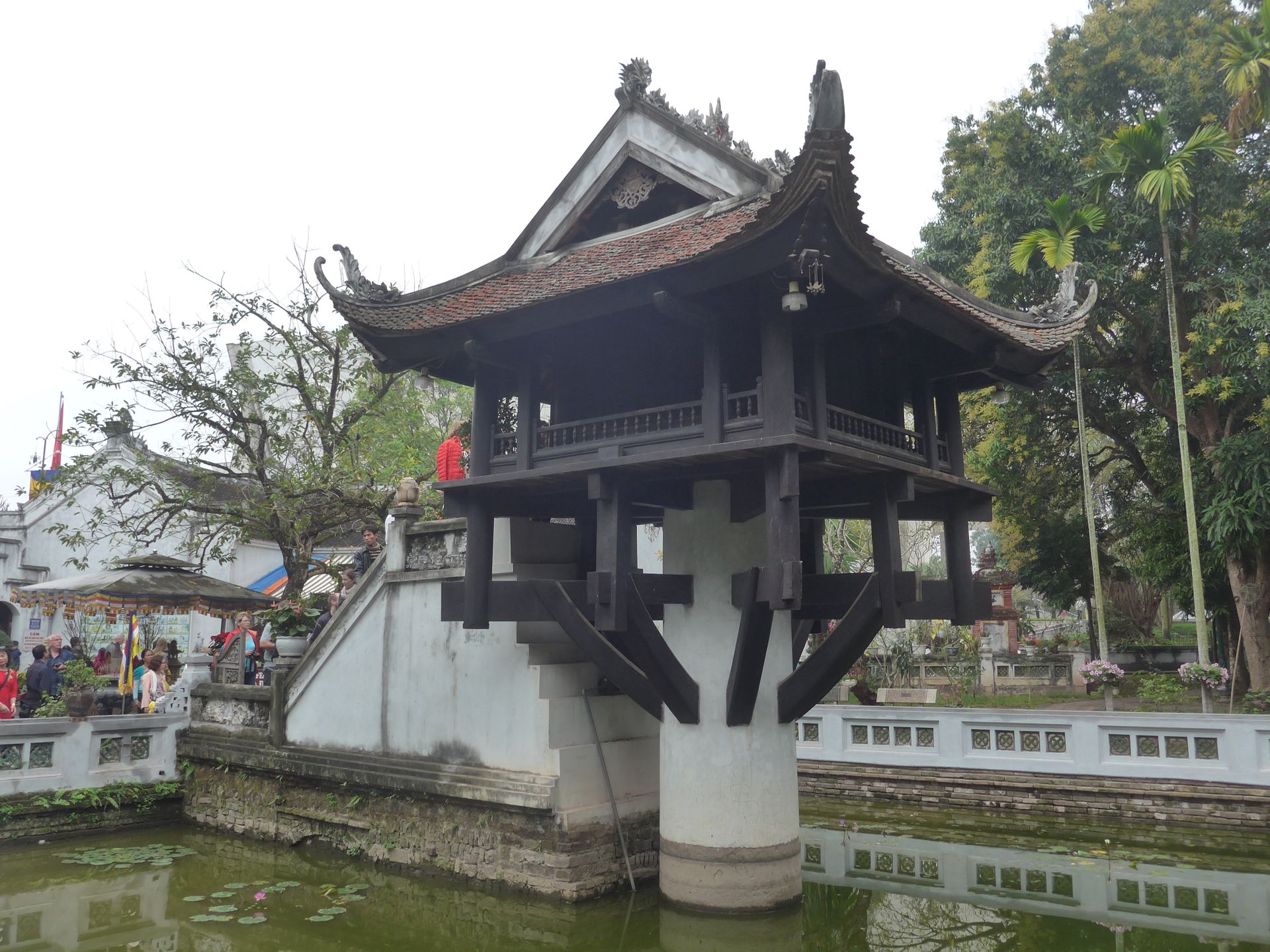
During the period after the New Year's festival, many Vietnamese people flock to the temples to make their wishes and sacrifices for the new year. Accordingly, it was crowded in the Tran Quoc Pagoda, which we visited next.
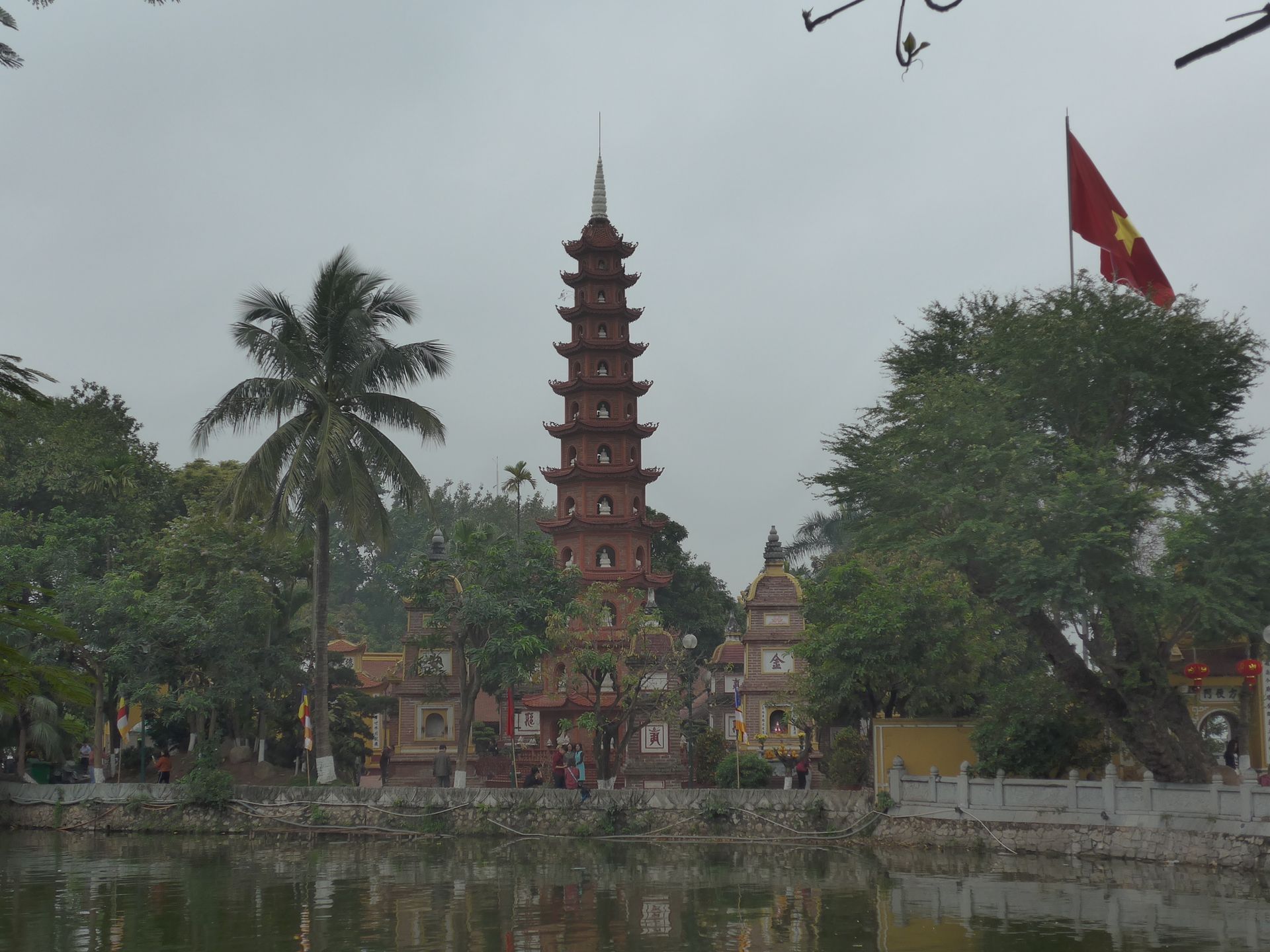
The pagoda itself is said to date back to the 6th century, although it was only relocated to this place in 1615. Particularly striking is the 15-meter-high pagoda tower made of bricks, which surpasses the other buildings of the temple, where believers crowdedly brought their offerings in front of the golden Buddha statues.
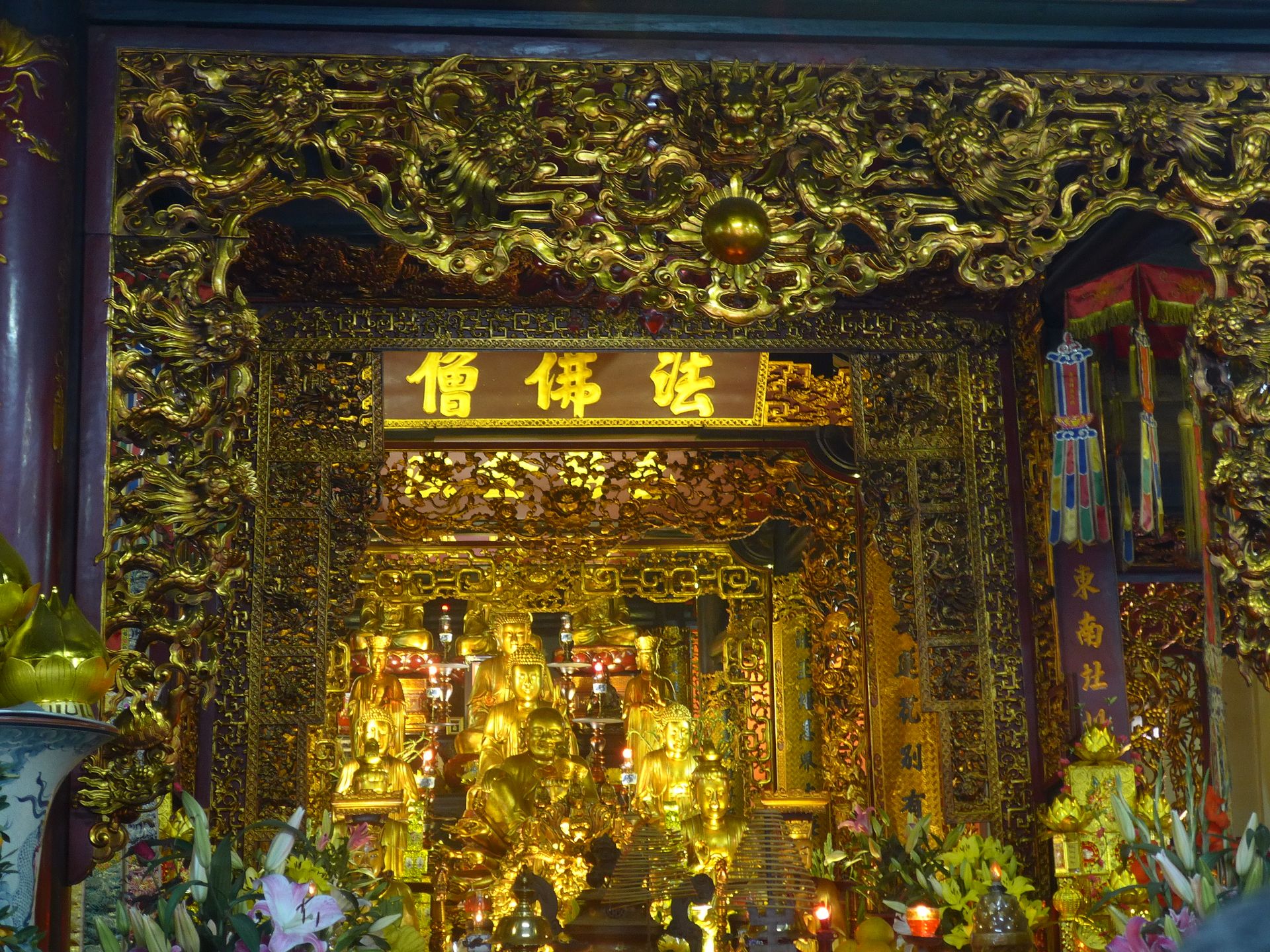
Our tour guide explained that Buddhism is the most widespread religion in Vietnam. However, people do not only offer sacrifices in Buddhist temples, but also in other places of worship, even if they do not belong to this religion.
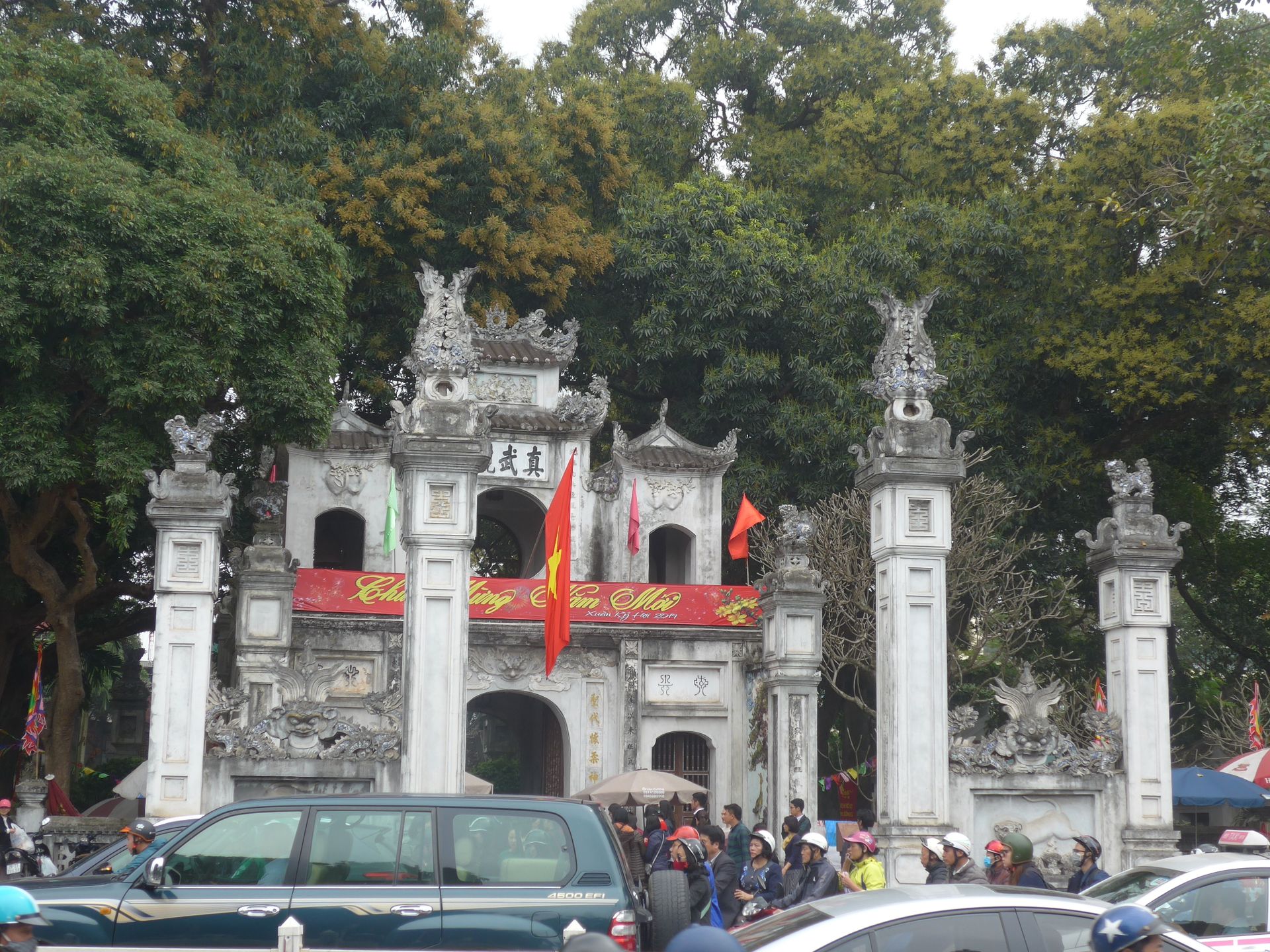
Many sacrifices were also made in the Taoist Quan Thanh Temple, which was originally dedicated to the Rain God, who was invoked for favorable weather for the harvest. These sacrifices include not only banknotes and everyday food but also vodka or cigarettes.
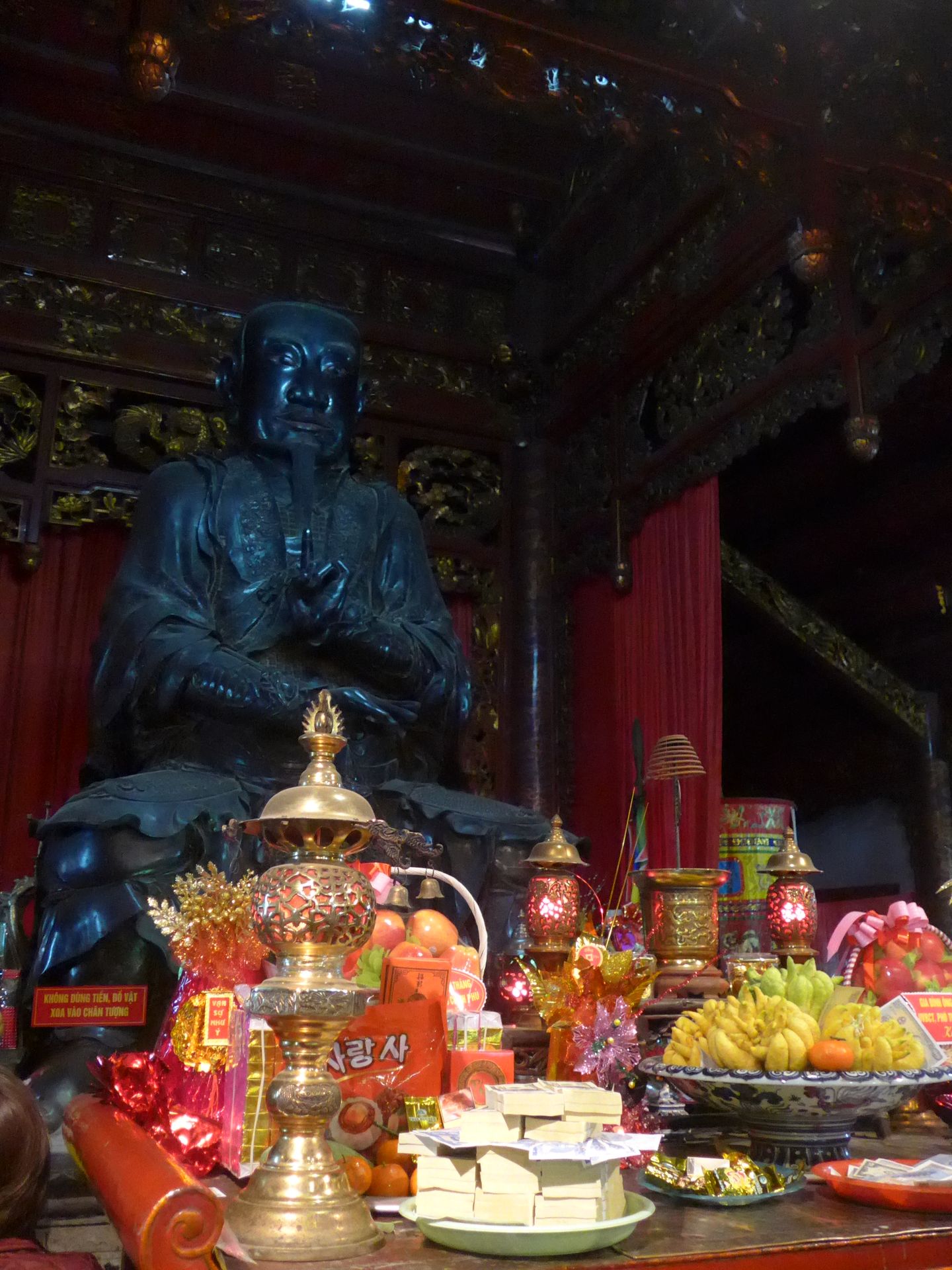
The teachings of Confucius are still commemorated in the Temple of Literature. The temple was built in the 11th century in honor of the famous philosopher and housed the country's first academy for about 700 years.
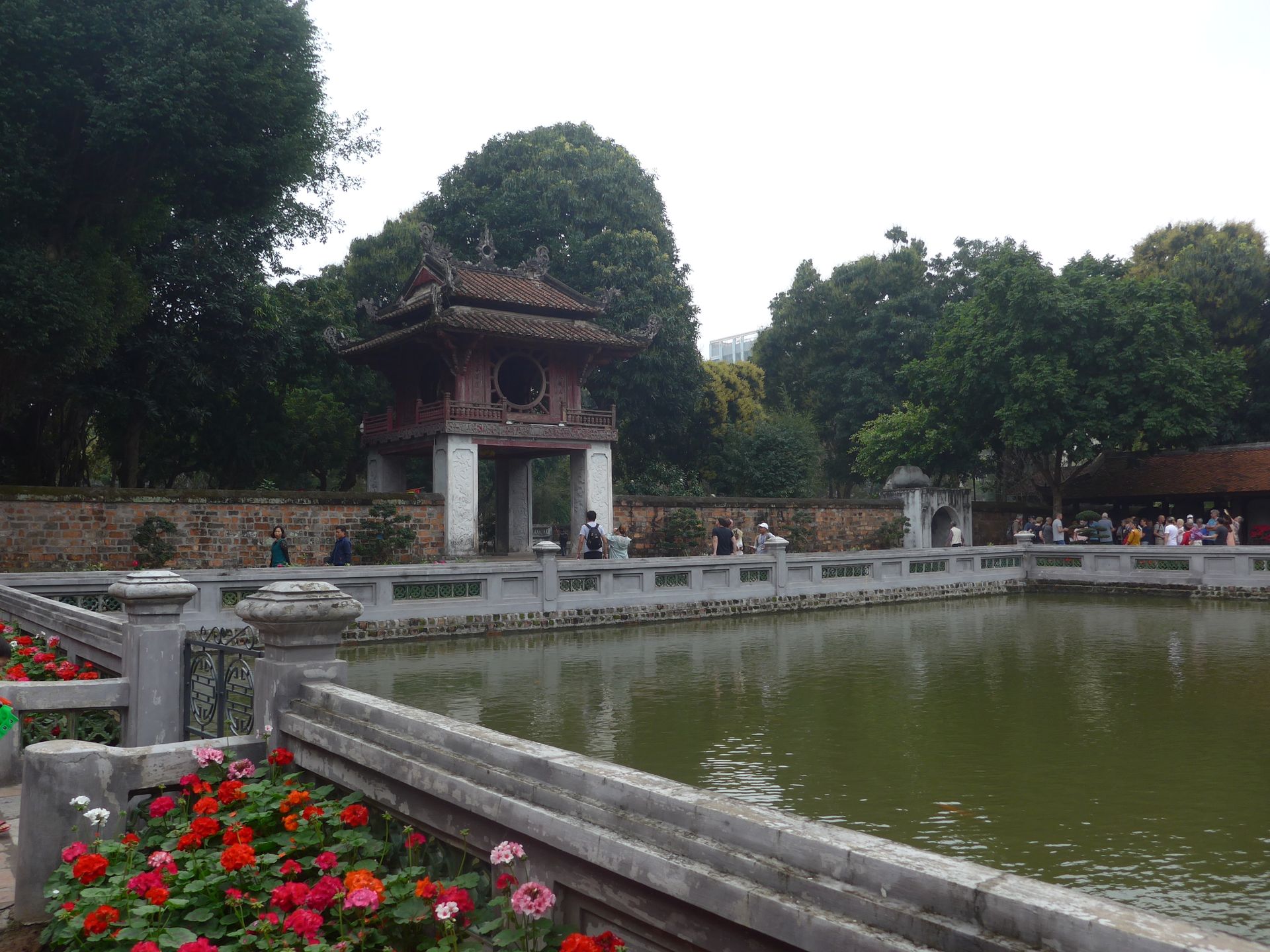
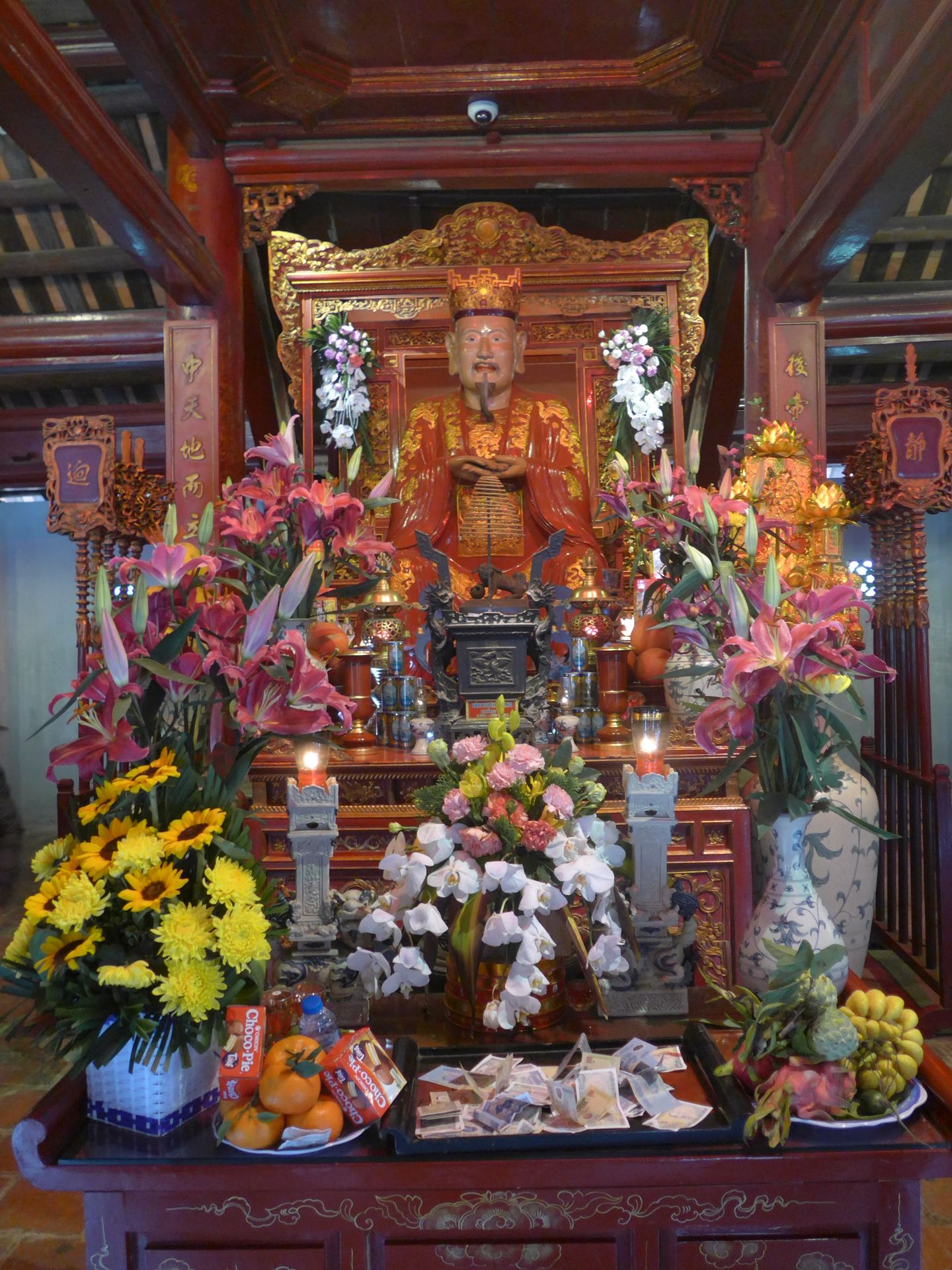
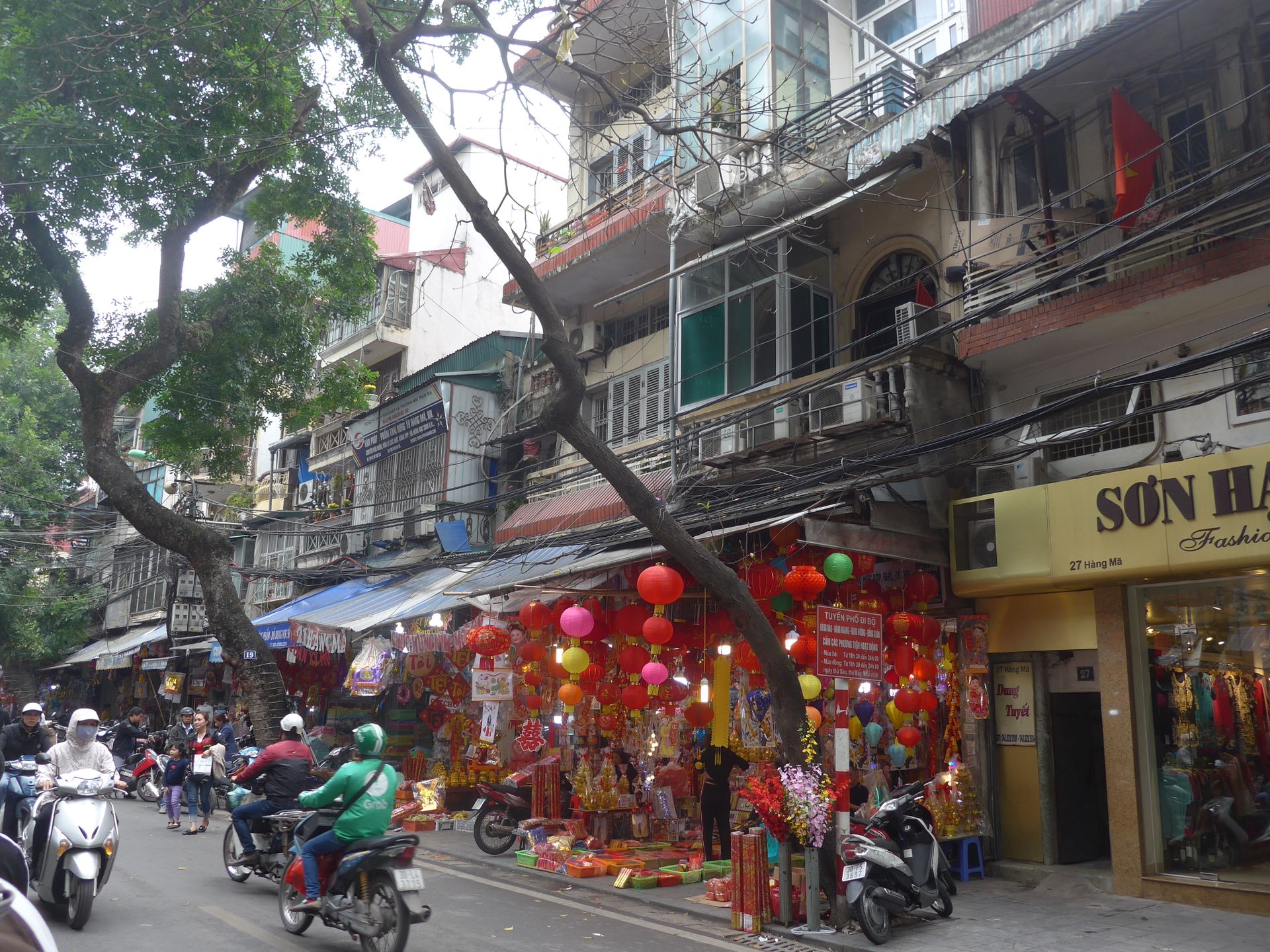
In the afternoon, we watched a performance of the water puppet theater. The puppeteers (invisible) stand in the water, and the figures also move in it. Various small scenes were performed, which were taken from legends or everyday life. An orchestra played and a narrator commented on the events - of course in Vietnamese.
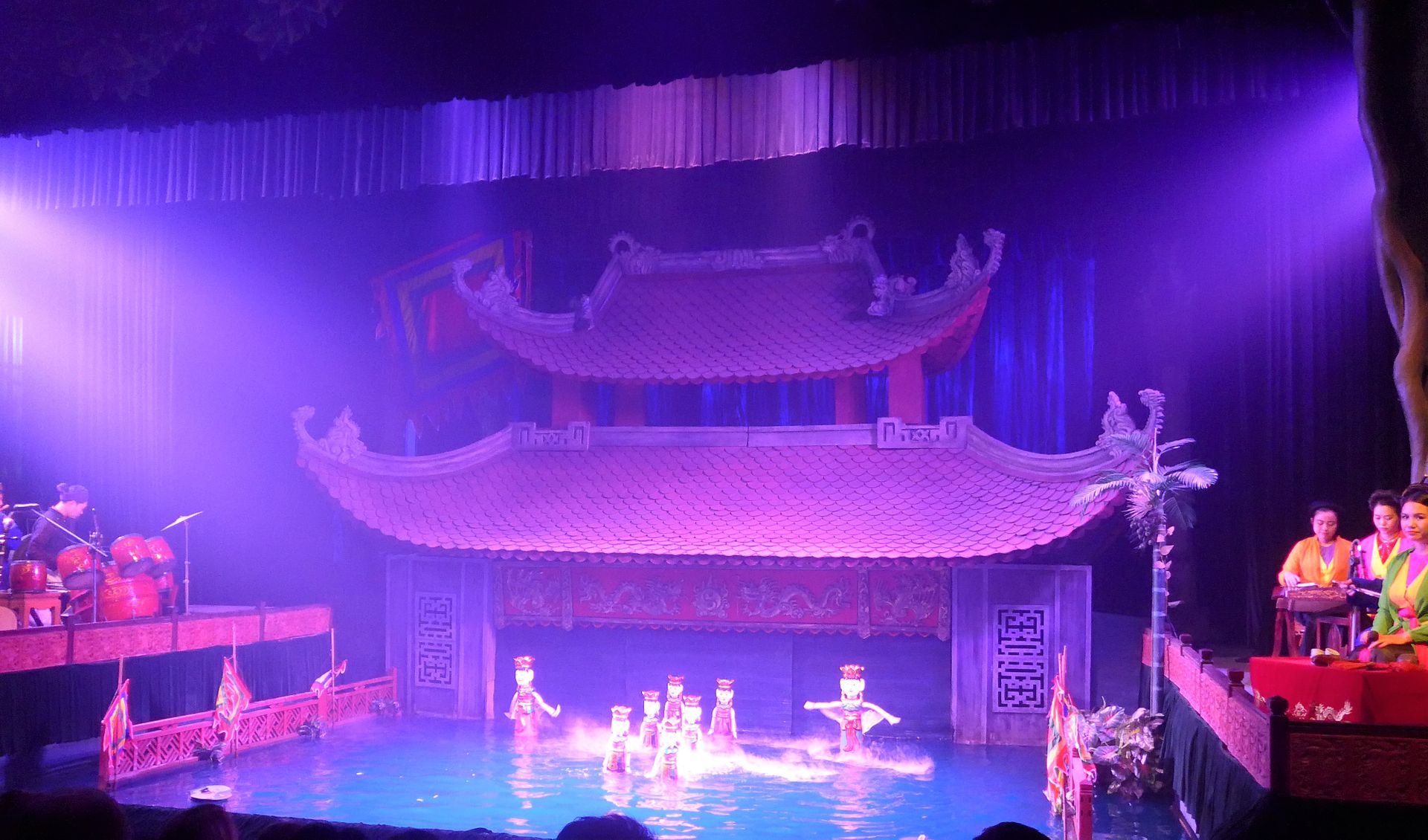
For the conclusion of our sightseeing tour, we went to the Jade Mountain Temple, which is located on an island in Hoan Kiem Lake. It was first built in the 14th century and dedicated to several historical saints.
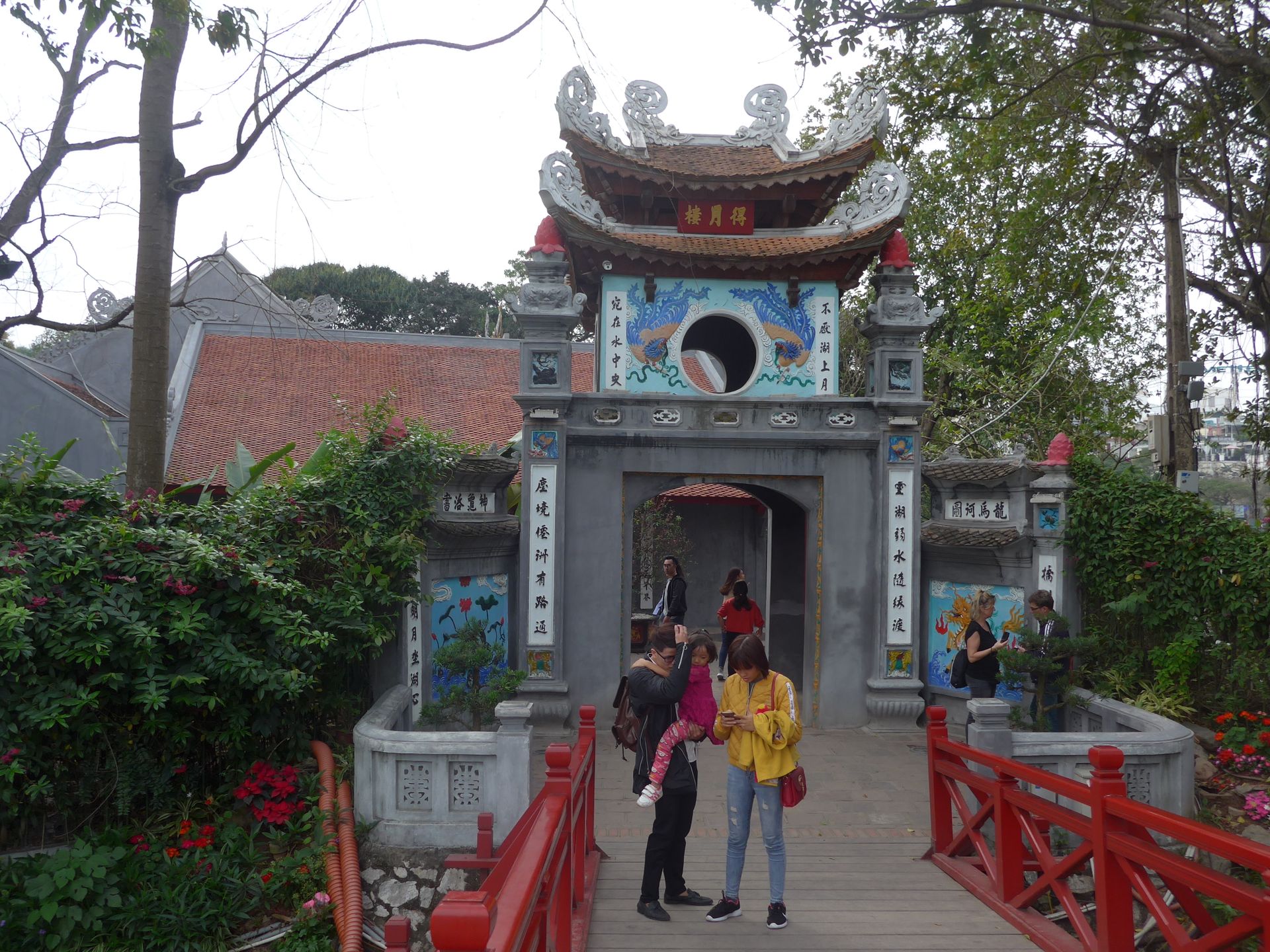
In addition to many tourists, believers also prayed in front of the altar or burned paper at an outdoor altar here.
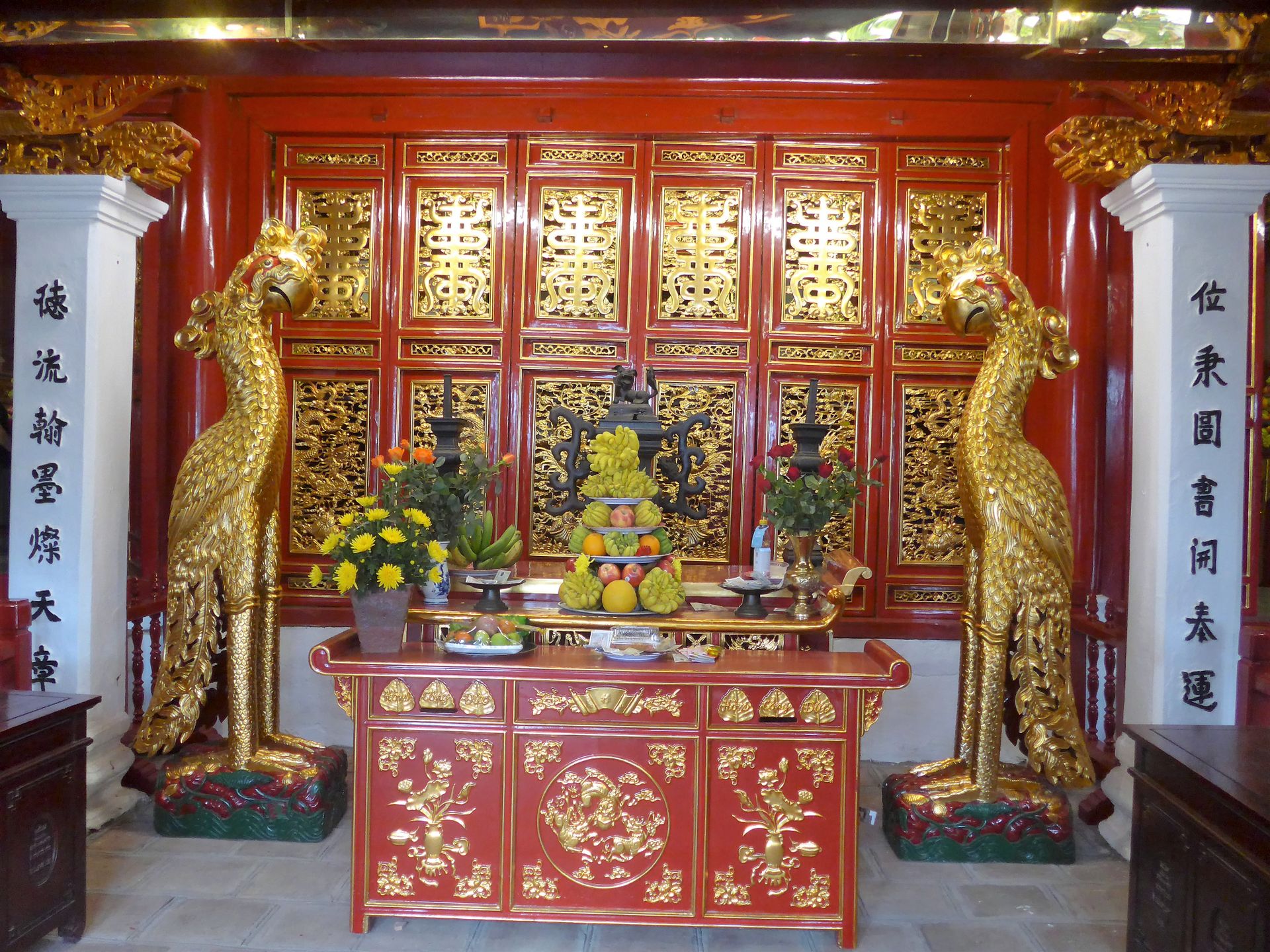
Đăng ký tin
Trả lời
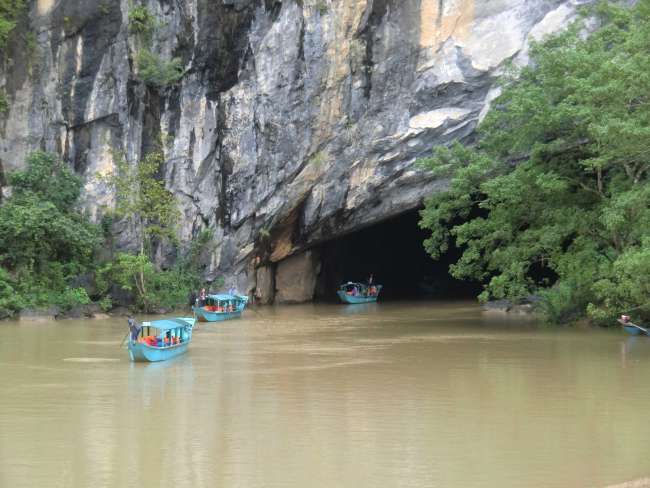
Báo cáo du lịch Việt Nam
